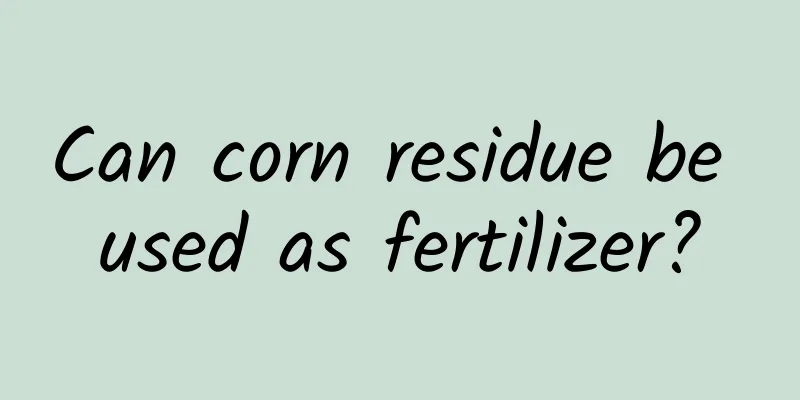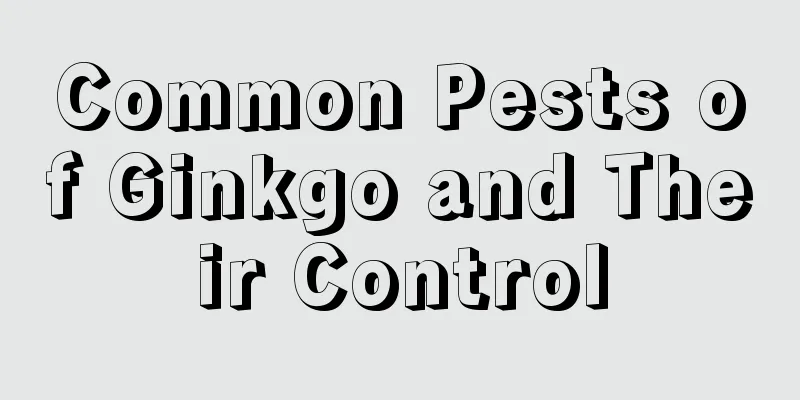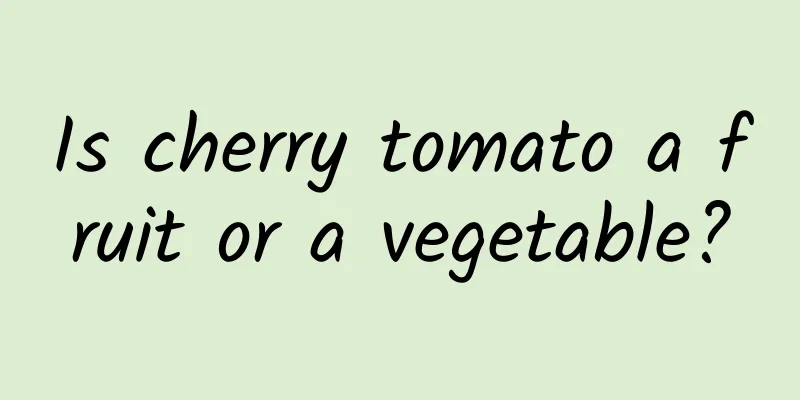Can corn residue be used as fertilizer?

Corn residue as fertilizerCorn residue can be used as fertilizer, but it cannot be used directly as fertilizer because the fresh corn residue contains a lot of starch and cannot provide nutrition for plants. Therefore, it must be fermented before being applied to plants and flowers. The residue after corn processing is a very good fertilizer for growing flowers, because the roots, stems, leaves, flowers, fruits and skins of corn contain some minerals, rich organic and inorganic substances. Not only do they have many benefits for planting flowers and trees, they can also improve the permeability of the soil and are suitable for most flowers and plants. How to make corn residue into fertilizer1. Mix it into the soil for fermentation, that is, mix the corn dregs and soil, a layer of corn dregs and a layer of soil, add them into the container in turn, and then seal it and wait for the day of decomposition. The process is basically three months, a little longer in winter and a little shorter in summer. You can use it directly when you change the soil next time. 2. To make liquid fertilizer, boil the corn residue with water, then pour it into a container and ferment it for about three months. Generally, the fermentation is complete when there is no odor. When watering, dilute the fertilizer water with 20 parts of clean water and then water the flowers. Key points for using corn residue fertilizer1. Do not use raw materials that are moldy, spoiled, or have a strange odor as fermentation raw materials. 2. When stacking or loading the pool, it should be sealed but not pressed tightly. 3. When feeding from containers or bags, the containers should be sealed immediately to avoid contamination, corruption and deterioration. |
<<: How to divide white palm flowers into pots, when and how to divide them into pots
>>: Can potato peels be used as fertilizer?
Recommend
Do oranges prefer shade or sun?
Do oranges prefer shade or sun? Oranges are easy ...
The efficacy and function of galangal
1. Basic Information In order to prevent some fri...
Functions of the six major organs of plants
1. The role of roots The function of roots is to ...
What is the reason why spider plants turn yellow and what should I do if they wilt?
1. Reasons 1. Too much fertilizer: If you apply t...
What to do if the petals of white palm turn black
Improper repotting and soil replacement The petal...
Lily Bamboo | Aquatic plants suitable for living rooms
Other Names Bamboo banana Habits It likes high te...
How to shape the money tree
1. Topping The purpose of pinching is actually to...
Cultivation methods and precautions of the lucky tree
1. Ventilation When raising a lucky tree at home,...
The difference between Syngonium and Pothos
1. Differences in varieties In plant classificati...
Passion fruit planting methods and management
Passion fruit is known as the "king of juice...
How to water Chunlan
1. The effect of water on Chunlan 1. Water is its...
The planting method and conditions of Scutellaria baicalensis, how many years of planting can it be harvested
1. Breeding methods 1. Loam: When breeding, loam ...
Cultivation methods and precautions of Pagoda Flower Sphagnum
1. Soil The requirements of the substrate used fo...
How to propagate cinnabar root and precautions
Cinnabar root propagation method There are two wa...
Can the fortune tree be propagated by cuttings? How to propagate by cuttings?
1. Can it be propagated by cuttings? The money tr...









